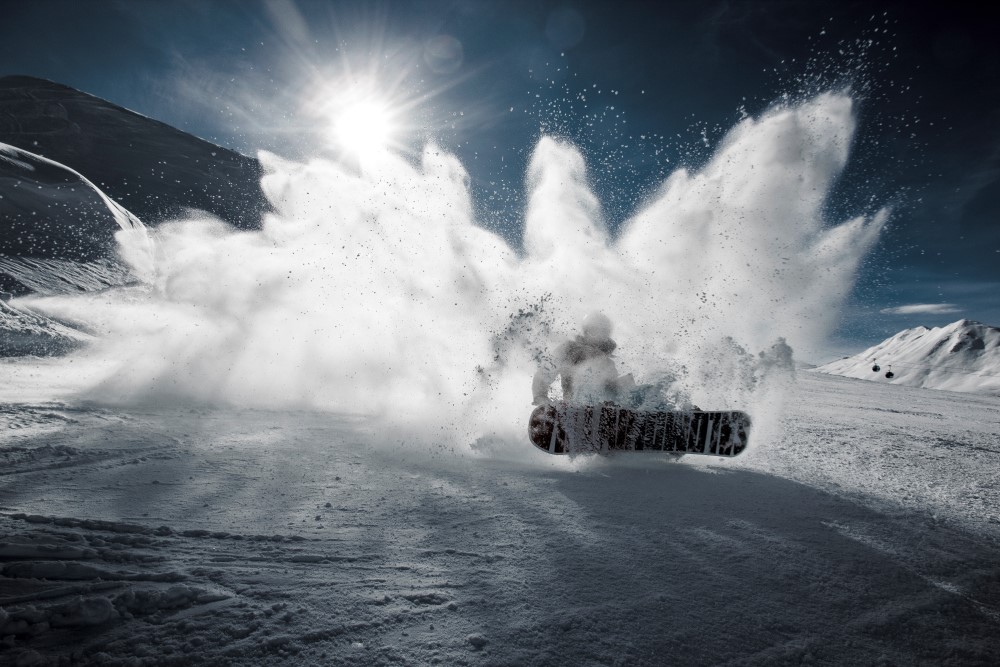#FitForSnow: Specific Fitness Intervals for the Pre-season
In this article, Delia Roberts PhD, talks about how to interval train and outlines a basic interval to get you started.
These exercise intervals are best used in the final six weeks prior to going on snow.
You can also do a couple sets as a top up during your season.
They are the most specific form of training for the types of forces exerted when carving turns, jumping and landing.

Because these workouts are so strenuous, it’s important to do a good warm up and to use correct form and glute activation
You may experience some muscle soreness 24-48 hours after a workout, but this should stop after the first week or two and you can improve your recovery by cooling down, stretching out your glutes, hamstrings, quads, calves, and making sure to have a snack within an hour of finishing your workout.
You can do these workouts anywhere but its important to make sure that the ground where you do your jumping is flat and obstacle free.
No special equipment is needed, but some sort of bench, retaining wall or sturdy chair is required, and an exercise ball is handy.
If you have a set of ankle weights, they can add significant difficulty, but a backpack loaded up with some books or filled water bottles also works.
For mid-season, you only need to do two sets.
Choose a level that is challenging, but not killer.
A basic interval to get you going
Complete 4 sets of the following exercises.
Try to move directly from exercise to exercise, each hard interval is followed by an easy one. If you have to take more rest, use one of the low intensity movements so that you moving during your recovery time.
- 30 step ups, bench at knee height or just below
- 20 tuck jumps
- 20 crab walks to the right, 20 back to the left
- 30 split squats
- 10 Bulgarian squats each side
- 20 lateral jumps each side
- 40 lunge walks
How to build on this basic interval
Build on this basic interval each week by adding any one of the following:
- Increase the number of sets each week or two by one so that you gradually progress to 6, then 8.
- Increase the number of times you do each exercise by 10. For example, if you did 30 step-ups in week 1, increase this to 40 in week 2.
- Reduce the rest intervals so that eventually you only have a rest after two, then three of the work intervals
- Add upper body and arm movements, or destabilizations like lunging onto a pillow or Bosu ball if you have one
- Add upper body rotations – especially snowboarders!
- Add a bit of weight with hand held, ankle or weighted vest/backpack. The exercises are meant to be explosive, so don’t go too heavy, you still want to be able to move with some speed.
Contributing Expert

Delia Roberts holds a masters in Exercise Biochemistry and a PhD in Medical Science from the University of Calgary, as well as a research fellowship with the American College of Sports medicine. She is also the Founder of the Fit For Work and Fit For Snow Programs.







